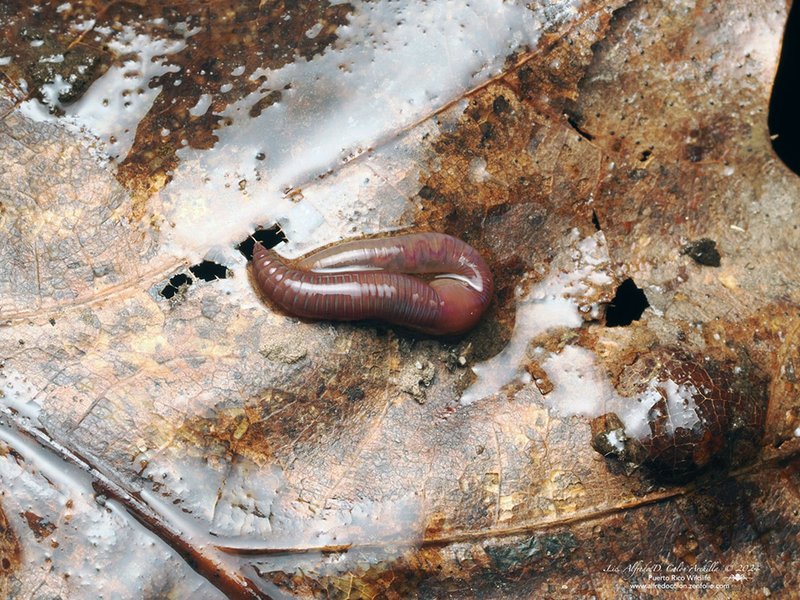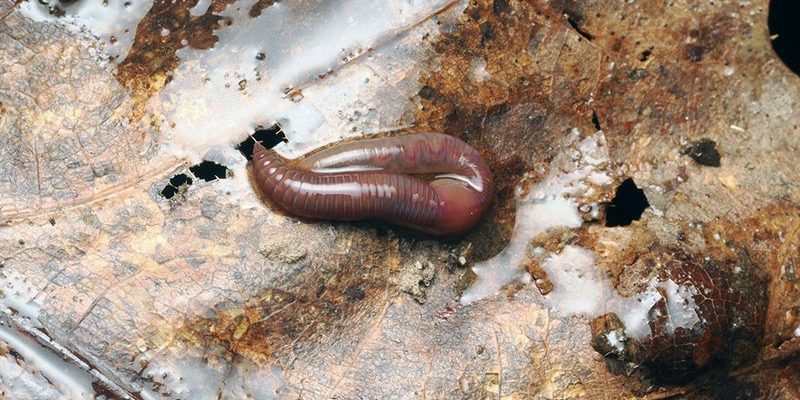
Imagine earthworms as the gardeners of our soil. They wiggle and squirm, aerating the ground and breaking down organic material, much like how a good gardener tends to their plants. When the weather shifts from crisp autumn leaves to the warmth of spring sun, earthworms respond in their own unique ways. Let’s dig into the details of earthworm activity across the seasons!
Spring Awakening: Life Rejuvenated
When the frost melts and the sun starts to warm the ground, earthworms emerge from their winter slumber. As the soil thaws, they become more active, looking for food and mates. Think of it as a fresh start after a long hibernation. They’re like kids waking up on the first day of summer vacation, excited to explore and play.
During this time, earthworms begin to feast on decaying leaves and other organic matter. This diet is crucial for them to rebuild their energy reserves after a long winter. You might spot them making their way to the surface after a rain, which helps aerate the soil and improve its structure. This activity not only benefits the earthworms but also helps plants grow. Without worms, our gardens would look very different!
Summer: The Busy Season
As temperatures climb, earthworm activity ramps up. They thrive in warm, moist soil and are often seen wriggling around after summer rains. Summer is like a bustling marketplace for these little guys—there’s food everywhere, and they’re working hard to break it down.
During this season, earthworms continue to consume organic matter while also reproducing. A single worm can produce several cocoons, each containing baby worms. This incredible reproductive capability means that as long as conditions are favorable, their population can grow rapidly. For gardeners, this is great news, as more worms mean better soil health. They’re nature’s little recyclers, turning waste into nutrient-rich compost.
Fall: The Pre-Winter Rush
As summer fades and autumn sets in, earthworms enter a phase of preparation. With temperatures dropping, they start burrowing deeper into the soil to escape the cold. It’s like how we might cozy up in a warm blanket when the chill of fall arrives.
During this time, they also focus on eating as much organic matter as possible to build fat reserves for winter. The ground may be littered with colorful leaves, which become a buffet for these creatures. This feeding frenzy is essential for their survival, ensuring they have enough energy to last through the winter months. You may notice them less often during this season, but don’t be fooled—many are working hard underground!
Winter: The Deep Sleep
When temperatures drop significantly, earthworms slow down their activity, going into a state of dormancy. This is their version of hibernation. They retreat into deeper soil layers or even into protective burrows to shield themselves from freezing temperatures.
In winter, the worms rely on the nutrients stored in their bodies to survive. They still perform essential tasks underground, albeit at a much slower pace. Their burrowing helps to prevent soil compaction and allows for better drainage when spring returns. So, even in the depths of winter, they’re contributing to the ecosystem, just quietly waiting for warmer days.
How Temperature and Moisture Affect Earthworm Behavior
You might be wondering what specific conditions trigger these changes in earthworm activity. The truth is, their behavior is closely linked to temperature and moisture levels. Earthworms are sensitive to these factors, and they thrive in moist, well-aerated soil.
– Temperature: Earthworms become more active as temperatures rise above 10°C (50°F). Higher temperatures encourage them to feed and reproduce, while extreme cold drives them to seek deeper soil layers for warmth.
– Moisture: Rain helps earthworms breathe and move. When the ground is wet, they’re more likely to be seen on the surface, taking advantage of the moist soil for feeding.
Understanding these factors helps us appreciate their vital role in maintaining healthy soil.
Earthworms’ Role in Ecosystems
Earthworms aren’t just important for gardens; they play a significant role in ecosystems. Their activities promote soil health and fertility, allowing plants to grow strong and lush. When they break down organic matter, they create nutrient-rich compost that supports a wide variety of plant life.
Furthermore, earthworms enhance soil structure. Their burrows create channels that improve aeration and drainage. This process is crucial for preventing erosion and ensuring that water can reach plant roots effectively. Honestly, without these little soil engineers, our ecosystems would struggle to thrive.
Encouraging Earthworm Activity in Your Garden
If you’re keen on promoting earthworm activity in your garden, there are several steps you can take. Here are some tips to create an earthworm-friendly environment:
- Maintain Soil Moisture: Keep your soil consistently moist but not waterlogged.
- Add Organic Material: Compost, leaf litter, and kitchen scraps provide food for earthworms.
- Avoid Chemical Pesticides: Chemicals can harm earthworm populations, so opt for natural methods of pest control.
- Mulch: Use organic mulch to retain moisture and provide habitat for earthworms.
By incorporating these practices, you can create a thriving ecosystem right in your backyard.
The Fascinating Life of Earthworms
So, the next time you see an earthworm, take a moment to appreciate its journey through the seasons. These small creatures are like silent guardians of our soil, working tirelessly beneath the surface. Their seasonal activities impact not just soil health but the entire ecosystem.
As gardeners, we should cherish and protect these invaluable animals. By understanding how they work and what they need, we can do our part to support their populations and nurture a healthy earth. Let’s celebrate the role of earthworms and the important work they do, one squirm at a time!

